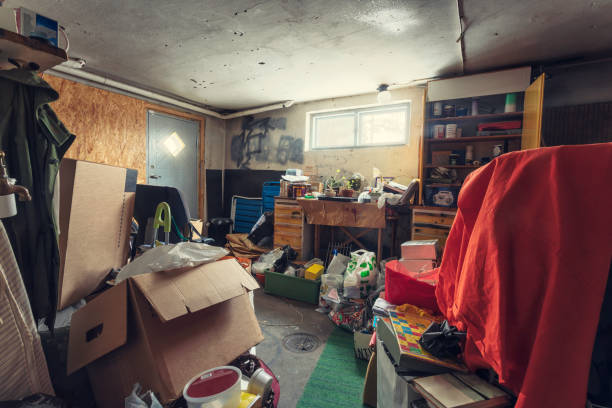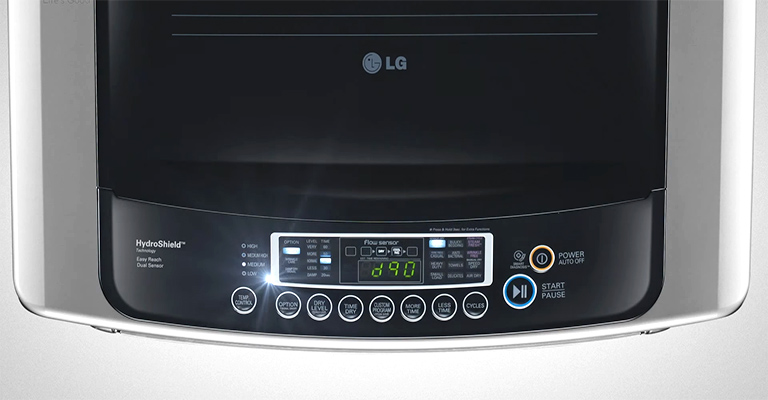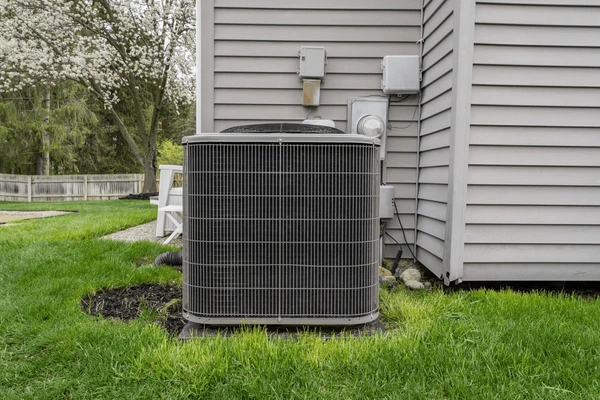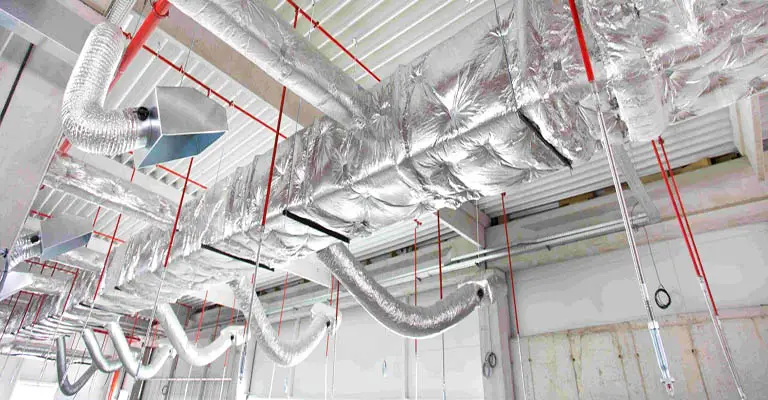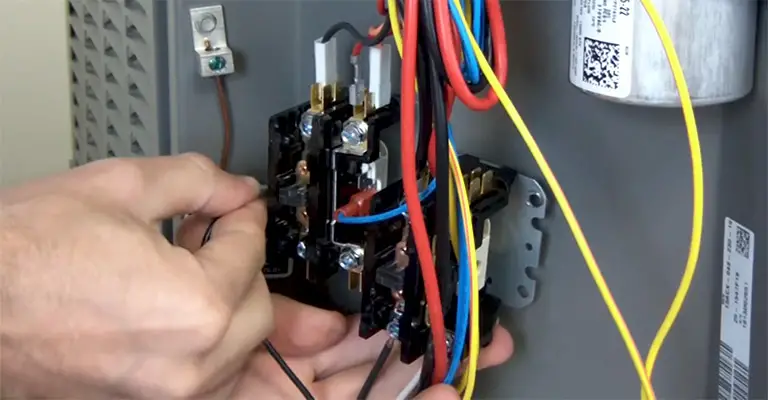How To Insulate A Roof Without Attic?
Insulating a roof that doesn’t have an attic is tough to do in most cases. It’s tough because it requires you to cut through the roof void and then seal the hole with caulk.
A lot of people don’t know how to cut through roofs, or they’re worried about damaging them, or they don’t want to risk cutting into their insulation.
The best solution for a non-attic-top ceiling is using metal flashing over the drywall and/or insulation, which would save money in both labor and materials costs while preventing water from entering your home.
One way to insulate your roof is by covering it with felt. If you are on a budget, the cheapest way to insulate the roof without needing an attic is by using self-adhesive foam panels.
Another option for insulating your roof is to use fiberglass insulation. Fiberglass insulation has more than twice the R-value of felt and it lasts up to 25 years in outdoor conditions.
How To Insulate A Roof Without Attic?
Insulation of roof without attic is a process that requires spaces to be re-purposed. This is why the idea of insulation has gained so much popularity in recent years. Many people are looking out for ways to save money and reduce their carbon footprint.
By understanding the temperature and sound environment, you’ll be able to make the most informed decision on the right materials for your house.
The different types of insulation that are most commonly used for roofs & ceilings include spray-foam insulation, cellular foam insulation, and rigid foam insulation. Basically, all of these methods use something formulated to efficiently reduce the amount of heat lost.
Today, there are many options available for insulating roofs without an attic. All these methods work differently but can be used on different types of roofs.
1. Spray Insulation
The easiest way to insulate your roof without an attic is probably to spray insulation. It is simply a matter of spraying the foam into the walls and cracks. As an alternative to batts and reflective foam insulation, this method can also be used for spraying ceilings. The foam solidifies upon spraying and acts as an insulating material, protecting the affected areas from heat and moisture.
2. Reflective Insulation
Foil insulation is also known as a reflective insulation. Known also as a radiant barrier or reflective barrier, it has also been known by other names. These terms, however, are interchangeable. Whenever you hear these, make sure you don’t confuse them with another insulation type.
The roof or ceiling needs to be coated with a coating, either externally or internally, to resist and reflect solar radiation as well as protect lighting on the ceiling. The best results can be achieved in hotter areas. Due to its effectiveness and efficiency, it is better suited to combat heatwaves.
3. Bulk Insulation
This refers to an insulation process that coats your home with a variety of materials to protect it from unwanted temperatures and sounds. It can be thought of as a covering or a sheath.
It is important to note that the quality of this type of insulation is highly dependent on the underlying materials and the concentration selected by the builders. A few commonly used bulk insulation materials are:
1. A wool insulation batt or string is made by mechanically attaching or bonding sheep wool threads with between five percent and twenty percent recycled polyester adhesive. Both thermal and acoustic insulation is highly effective when it comes to original wool insulation.
2. 75-85% of cellulose comes from recycled paper, most of which comes from waste newsprint. Other fire retardants such as boric acid or ammonium sulfate make up the remaining 15%. Insulation materials made from cellulose have the highest recycled content.
3. Stone wool insulation is made by whirling basalt and slag to produce fibers from dissolved minerals. Insulation plates or tubes are then made from this material, which is used to cover residential, commercial, and modern buildings. This can be used to insulate roofs without attics.
4. Insulation made from extruded polystyrene is called XPS insulation or extruded polystyrene insulation. A mold holds tiny beads of foam in order to produce expanded polystyrene padding or EPS insulation.
5. Petrochemicals are used to manufacture polyester roof insulation. Almost all polyester roof insulation is made from recycled plastic fibers. Other types may be mixed with other materials such as wool.
6. Fiberglass. Made up of very thin glass fibers. Many houses without attics are fitted with this type of roof covering. Batts and rolls, and loose-fill insulation are two of the most common insulation types.
How to Insulate a Metal Roof Without Attic?
In addition to keeping the interior temperature constant, metal roof insulation also prevents substances from collecting under the roof. As metal roofs generally conduct heat more effectively than wood, providing a layer of insulation under the metal roof is necessary.
Insulation of high quality keeps you warm in the winter and provides warmth when temperatures drop. Here are some top options for insulating your metal roof:
Spray Foam
Foam spray is a highly effective method of insulating metal roofs because of its low cost. Insects and compression can be prevented with foam spray. The thickness of this polyurethane insulation is measured in inches.
As it can protect both new and old metal roofs without causing any disturbances, spray foam is very easy to work with. Fiberglass insulation is less expensive although it is less flexible.
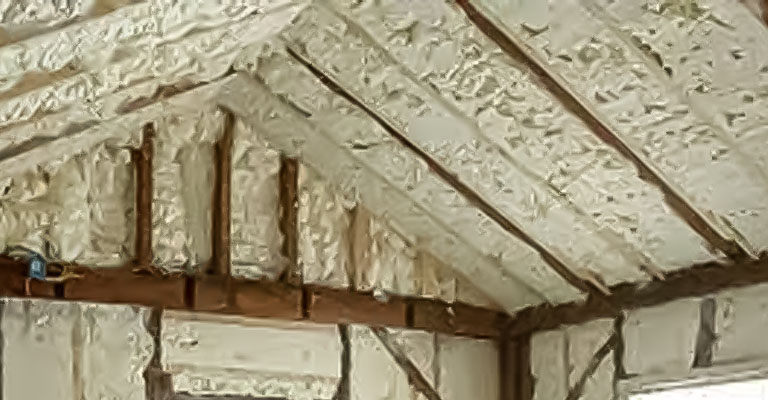
Rigid Board
Throughout a house, including the foundation, rigid board insulation is used. A rigid board is composed of polyurethane panels and polystyrene sheets. R-values increase in importance as the thickness of the substance increases.
Each of these boards is attached to a metal roof panel and you have to adjust them collectively. Most thermal protection requires caulking or sealing joints.
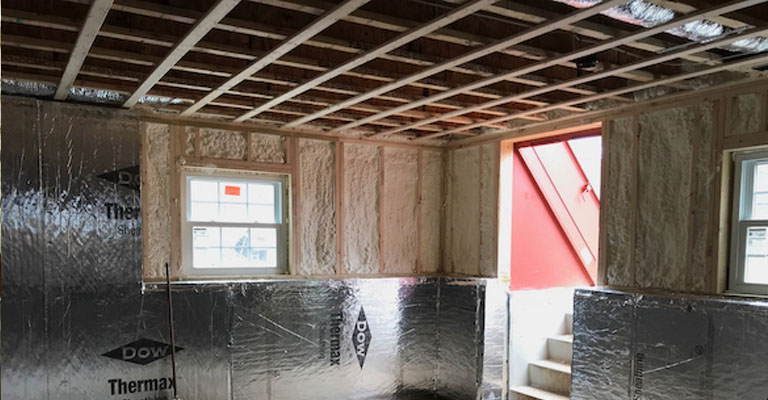
Fiberglass Batts
A metal roof can be protected most economically and simply by using fiberglass batts. Fiberglass is a combination of fine threadlike slices coupled with other synthetic materials tightly twisted together to form thick insulating padding.
Fiberglass is an extremely adaptable material that implies that it can be cut into any diameter or width to accommodate a particular surface. If you do not have experience with working with shards of glass, you should consult a professional.
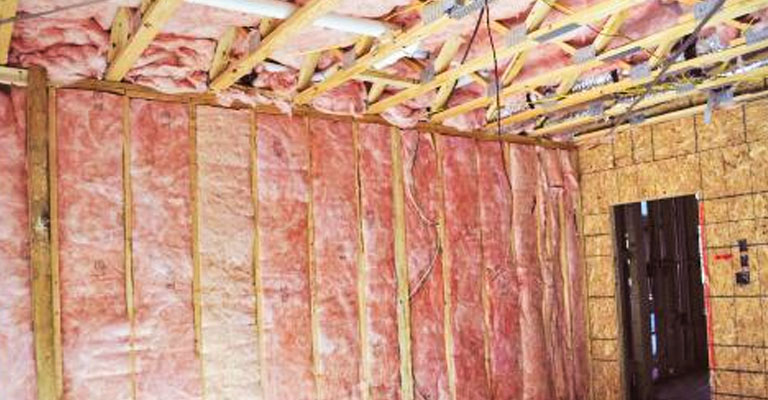
Why You Need Attic Insulation?
Attic insulation is becoming a more and more popular choice for homeowners who want to make their home’s energy efficient. There are many benefits of attic insulation such as lowering heating and cooling costs, reducing air pollution, and improving the quality of life for the homeowners.
The benefits of attic insulation are as varied as the reasons why people need to install it. It helps to reduce how much energy is needed to heat the area, which is a big benefit for homeowners.
The cost of attic insulation can vary depending on factors such as quality of material used, amount of insulation, and installation method. Companies that specialize in attic insulation will typically provide free estimates to customers so they can choose the best option for their homes.
What is a roof with no attic called?
A roof with no attic is called a “slate roof or vaulted roof“. This type of roof is made of several layers of slate that are tightly attached to each other.
The roof is designed to keep the sun and rain off of your home and is a great choice for areas that receive a lot of snow. A roof with no attic is also a popular choice for new homes.
If you decide to go with a slate roof, be sure to have a contractor inspect the roof and certify that it is structurally sound.
Final Words
So, which one is the best insulation for your roof without an attic? There are numerous types of insulation available today, each designed for a particular climate condition, as well as the quality and material of the building. We recommend that you thoroughly understand these two facts if you are planning to insulate your roof or ceiling. One type is not better than another. Your choice should be based on which type is best suited for your home.
In summing up the art of insulating a roof without an attic space, it’s paramount to recognize the many options available. From using rigid foam board sandwiched between the roof decking and sheathing to employing blown-in insulation for cathedral ceilings, homeowners have various effective avenues to achieve adequate insulation. Particularly important is the installation of a vapor barrier, ensuring moisture is kept at bay and preventing any potential damage. The attic ceiling may not always provide the convenience of a spacious area, but with the right approach in installing insulation material and incorporating air vents, the challenge becomes an achievable task.
Furthermore, while traditional attic spaces have been a common ground for insulation endeavors, modern construction trends and unique architectural designs have driven the necessity of understanding insulation for spaces without them. The delicate balance between roof sheathing and the chosen insulation method, such as rigid foam board or blown-in solutions, becomes even more pivotal. Ensuring the longevity of your home’s roofing while providing optimal temperature regulation is no minor feat, but with careful planning and knowledge, maintaining a home without the conventional attic ceiling need not be a daunting task.

